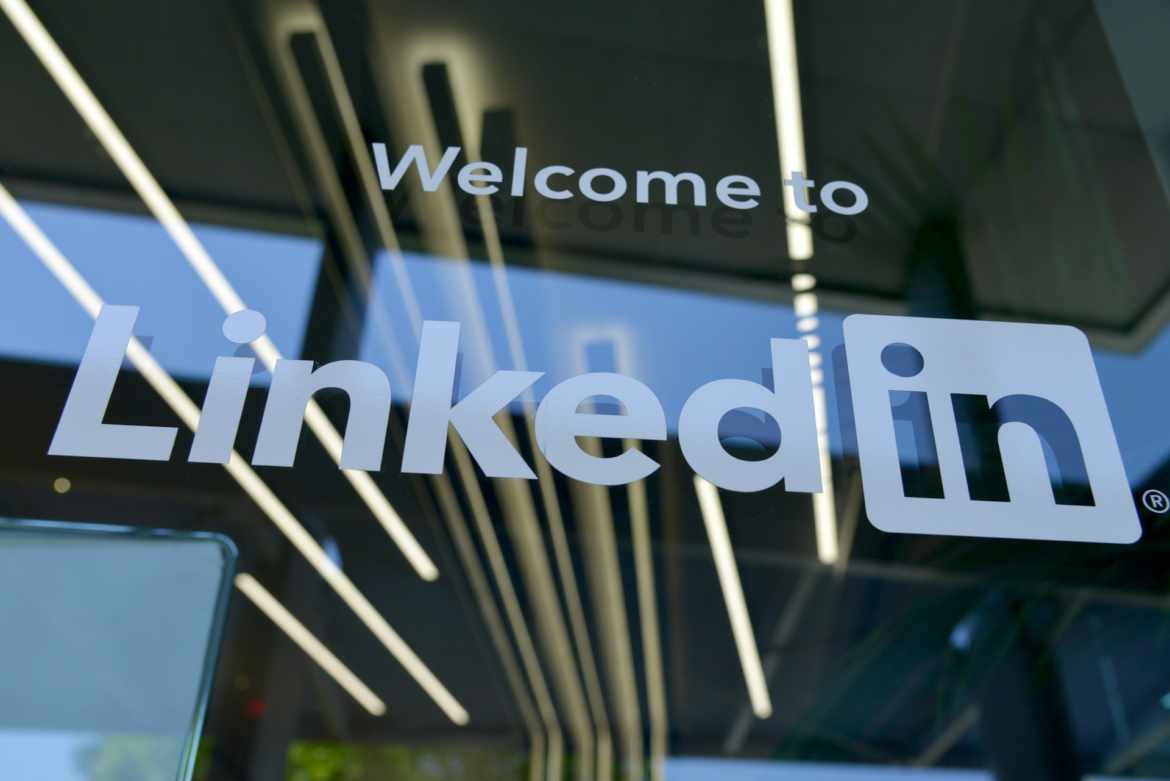LinkedIn will make its Hiring Assistant available worldwide in English by the end of September after early users reported significant time savings and improved recruitment outcomes.
The AI-powered recruitment tool helped early adopters save more than four hours per role while reviewing 62 per cent fewer candidate profiles before creating shortlists, according to Prashanthi Padmanabhan, VP Engineering at LinkedIn. Users also saw a 69 per cent improvement in InMail acceptance rates, she said.
The expansion follows feedback from customers who wanted more natural conversation features, better integration with existing systems, and greater transparency in the AI’s decision-making process, Padmanabhan said in a LinkedIn post Sept. 3.
Enhanced conversation features
The updated version allows recruiters to describe their needs in plain language and work alongside the AI assistant throughout the hiring process. The system shows its progress in real-time, letting recruiters guide its work when needed.
LinkedIn rebuilt the tool’s conversation system to make interactions feel “fast and fluid” while maintaining detailed analysis capabilities, according to the company.
Automated pre-screening capabilities
The assistant can now conduct pre-screening conversations with interested candidates through LinkedIn’s InMail system. It collects basic information such as location preferences and willingness to relocate, while verifying key requirements set by recruiters.
The tool can also answer basic candidate questions about roles and companies before summarizing key findings for recruiters, according to LinkedIn.
Application evaluation features
Hiring Assistant evaluates LinkedIn applicants against recruiter-defined qualifications using profile information, resumes, and screening responses. This helps recruiters identify top candidates and receive fact-based summaries of how qualifications match role requirements.
Integration with tracking systems
LinkedIn plans to integrate the assistant with applicant tracking systems, allowing recruiters to evaluate all applicants regardless of where they applied. The integration will enable two-way synchronization of candidate evaluations and status updates between LinkedIn and existing recruitment systems.
Technical improvements
The company built the system using LangGraph framework for multi-step processing and developed a proprietary language model specifically for recruitment tasks. LinkedIn said its custom model consistently outperforms general-purpose AI models for recruitment applications.
The system includes what LinkedIn calls “cognitive memory” that learns recruiter preferences over time. For example, if a recruiter consistently selects candidates from fast-growing startups with specific skills, the assistant remembers these patterns and automatically surfaces similar candidates.
LinkedIn said it tests the system for potential issues including AI hallucinations and bias, with recruiters maintaining control over all decisions.






